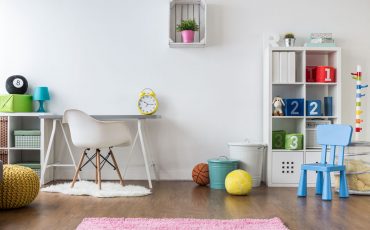Considering Local perspectives

Scrolling through listings or visiting open houses in different parts of the United States, one might see homes looking very much the way they look on an average Tuesday. Towels hang off-kilter, mismatched furniture obstructs pathways, personal items out – someone is living life there. No one is hiding it. In other areas, namely ours, one might enter, either digitally or in person, what looks to be a showroom. “Do people LIVE here???” is a common first-time homebuyer quote. It’s called staging.
Sometimes the answer is yes, sometimes no, but it is likely that the individuals behind the picture-perfect abode spent time and money staging their home because:
- The return on investment is documented
- They want to be competitive in their market center. (insert an image of an unstaged home and staged home)



Staging is intended to make a home attractive
Yes, but more so, it is intended to attract buyers. In this way, staging and interior design have opposing foundational intentions. Interior design aims to express the individual and reflect a perspective; staging aims to depersonalize a space while offering an “average” buyer access to imagining a life on the inside without being distracted or put off.
Moreover, housing markets in which home staging is common may even offer up subcategories of staging styles. This is where interior design and staging meet back up again as the staging is targeted towards a certain demographic.
Because so many buyers of our locale hale from urban areas – NYC, Brooklyn, Queens, Jersey City, and Hoboken, effective staging will lean toward the particular brand of neutral dictated by those areas at this point in time.
The data Says…
While data says that staging supports a successful sale, could staging styles that are incongruous with the market’s specific aesthetic actually have an adverse effect? Might using furniture and accents equivalent to a painting of a ship in the Sears clearance rack create a cheap and out-of-touch vibe, turning some buyers off? Maybe that example is too obvious, but might there be more subtle staging scenarios that quietly sabotage a home sale, or at least, don’t work effectively. It would be interesting to see market stats of comparable staged inventory with different staging styles in the same market center…maybe this is research for NAR!
In summary, staging a home is a consideration for Sellers, especially if the Seller lives in a market that typically stages its inventory – staging practices or the lack thereof have everything to do with the lay-of-the-land. If you are planning to sell your home in our Essex County commuter area, staging is recommended, but also consider the stylistic p.o.v. of the Stager as it relates to the buyers who will be viewing your home.



No, You don’t have to break the bank
Finally, keep in mind that there are different tiers of staging with different price points and levels of effort that suit different seller needs and circumstances – you don’t have to break the bank or your back in order t amplify your home’s appeal. It is about being judicious in order to sell your home for the most amount of money in the shortest amount of time.
